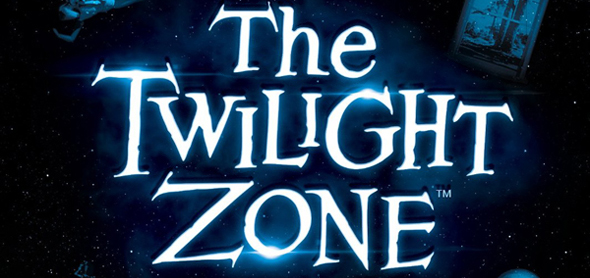

In that recently given remaining, the performers workshop the harsh science fiction woodwind clamors that kick-start "21st Century Schizoid Man," grouping exhalations into what seems like TV static and future dial-up modems.

"It's intended to be startling," a unidentified band part notes during the in-studio jabber of "Wind Session," a recently blended reward track on Crimson King's sumptuous 50th Anniversary reissue. Like Godber's spread picture, a lot of their music was intended to incite and frighten. In a move equivalent amounts of fearless and crazy (given Clarke's prominent at the time), they chose to end that coordinated effort and steerage their very own material: They reconvened at London's Wessex studio, outfitted with a bunch of tunes deserving of Hendrix's overwhelming applause. Be that as it may, they were battling in the studio, neglecting to gain ground during two sessions with Moody Blues maker Tony Clarke. Inside months, the band had formed into an impressive live act-in any event, supporting the Rolling Stones at Hyde Park in July. By that mid year, they'd even made a devotee of Jimi Hendrix, who appeared for their gig at the Revolution Club and, as Fripp has every now and again reviewed, shouted, "This is the best gathering on the planet!" The quintet collected in a confined practice space in London's Hammersmith area, taking a shot at melodies for a quarter of a year prior to their legitimate live introduction at the city's Speakeasy club. The band gathered that aggregate power-a half breed of threatening stone, old style advancement, peaceful psychedelia, and free-jazz insanity-rapidly, intuitively, guided by what guitarist Robert Fripp has called "the nearness of the Good Fairy." The first Crimson lineup rose up out of the remains of fleeting psych-pop act Giles, Giles and Fripp in January 1969, with guitarist Fripp and drummer Michael Giles connecting up with bassist-vocalist Greg Lake (future frontman of prog juggernaut Emerson, Lake and Palmer), keyboardist-woodwind player Ian McDonald, and lyricist Peter Sinfield. In any case, with their first record, King Crimson molded those pieces into a landmark, employing a witchcraft unduplicated in the five decades since. The Moody Blues' symphonic glory, Brian Wilson's far reaching generation, the hallucinogenic examinations of Pink Floyd and the Beatles-these are a portion of prog's fundamental structure squares. In the Court of the Crimson King marks a tremendous separation point in the topography of exciting music, refining a beginning sort into a zenith of the dynamic stone structure. Barry Godber's spread workmanship-a man mid-shout, nostrils flared, look fixed on an awfulness we can't see-prods a hyper, transformative head trip.


 0 kommentar(er)
0 kommentar(er)
